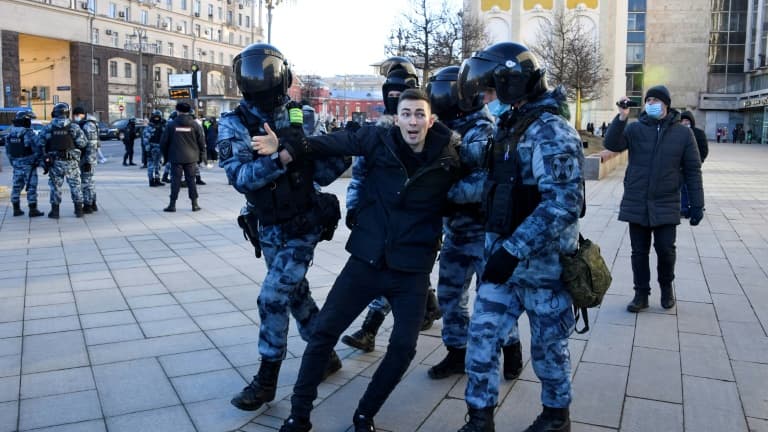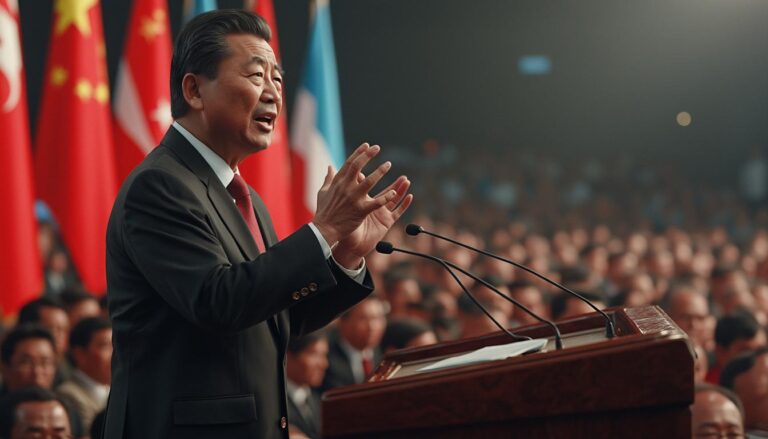Recent developments in the field indicate that Russian military forces adopt a posture partially defensive in the region of Lyptsi, located in the oblast of Kharkov. After a series of intensified assaults, Russian units appear to be reassessing their strategy in the face of Ukrainian resistance persistent. This change in tactics raises questions about the operational capabilities of the troops present and the evolution of the conflict in this strategic area.

In the Lyptsi region, located in Kharkiv Oblast, Russian military forces appear to have changed their strategic approach to a partially defensive posture. While the intensity of the fighting remains high, it appears that Russian troops are encountering significant difficulties in making significant advances, forcing an adaptation of their tactics.
Table des matières
ToggleMilitary context of the Kharkiv region
In recent months, the Kharkiv region has been at the heart of violent clashes between Ukrainian and Russian forces. After several attempted assaults, notably in the locality of Lyptsi, the Russian forces, which had initially sought to strengthen their presence, began to experience considerable challenges. This dynamic has led the Russian command to review its priorities, exploiting new strategic tactics in order to maintain control over conquered territories while minimizing losses.
Analysis of Russian defensive strategies
The transition to a defensive mode is illustrated by the establishment of fortified lines and static positions, allowing Russian forces to reduce their exposure to Ukrainian attacks. Artillery batteries are gradually repositioned to support these lines, while providing cover to strategic areas. This adaptation aims to maintain the territorial gains already made while guarding against a possible Ukrainian counter-offensive.
Challenges faced by Russian troops
Russian military forces face increased Ukrainian resistance, supported by well-organized logistics and effective intelligence operations. Many Ukrainian units exploit guerrilla methods to harass Russian outposts, making the situation on the front unstable. As a result, the initial dominance of Russian troops now faces limitations that hamper their ability to carry out prolonged offensives.
Impacts on the local population
The military situation in Lyptsi and its surroundings has worrying consequences for the civilian population. Intensified bombings and military maneuvers create a climate of fear and uncertainty. Civilian infrastructure is often targeted, leading to mass evacuations and worsening the humanitarian difficulties already present in the region.
Future outlook
The combination of increasing Russian defensive capabilities and determined Ukrainian resistance suggests that the dynamics of the conflict in the Kharkiv region may be shifting. Future military operations will depend not only on the ability of Russian forces to maintain a coherent defense, but also on their ability to respond to constantly evolving Ukrainian strategies. An escalation of fighting could lead to an escalation of hostilities, impacting the entire geopolitical sector in Ukraine.
⏱ 72’ : Quel retour défensif de Kanté, c'est solide ! 💪#EAGESTAC 2️⃣-0️⃣
— ESTAC Troyes (@estac_officiel) August 16, 2024






















